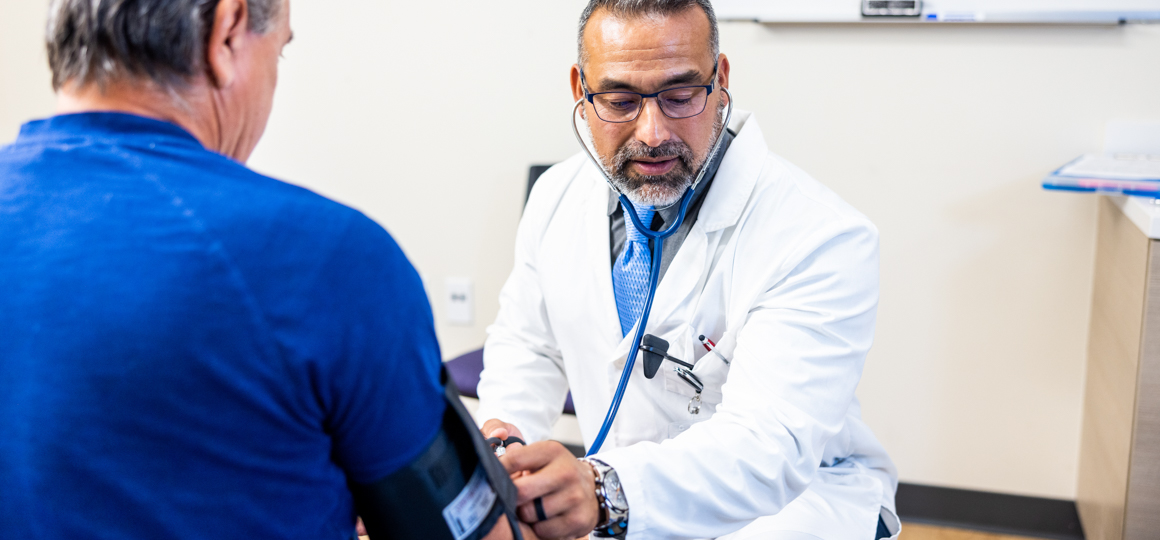FOR IMPLEMENTATION
What we believe

The specialization of opioid use disorder (OUD) treatment has exacerbated harm caused by the opioid epidemic and done a disservice to clinicians regularly tasked with caring for patients who use drugs. Excessive barriers to medication for opioid use disorder (MOUD) access have led to poorer health outcomes for patients and a sense of powerlessness for the providers who care for them.
While there are complex social and medical dynamics to consider when initiating MOUD, we know it can be done safely and effectively by providers in community and acute care settings.
The no-wrong-door approach
- Wherever a person with substance use disorder encounters the health care system is the appropriate place to access treatment services.
- When people with substance use disorder are provided rapid access to quality treatment within their window of willingness, recovery happens.
- Barriers to urgent treatment services should be as low as possible.
Medications first
- Increasing access to MOUD is the most effective way to lower the overdose death rate.
- People with OUD should be able to access MOUD as quickly as possible.
- MOUD treatment should not require counseling, negative urine drug screenings, or arbitrary taper or discontinuation requirements.
- MOUD should not be withheld if the provider does not have staffing capacity to provide psychosocial services at time of presentation.
- Patients should be discharged with a supply of medication.
Patient-centered care
- Shared decision-making models work best.
- Patients have valuable information about their use patterns and historical responses with MOUD and can help make successful treatment decisions.
MOUD can be initiated for a variety of reasons, including:
o Treating withdrawal symptoms
o Reducing use
o Lowering overdose risk
The combination of an evolving drug supply, limited community resources, and current and historical regulatory limitations have made it challenging for all providers to feel competent and confident in participating in no wrong door and medication first approaches. We recognize there are limitations in the acute care setting including staffing shortages, PTSD and burnout, boarding patients, increasing acuity, and more. We intend to provide services that acute care settings can use to address challenges and to move toward a care delivery model that offers better outcomes for patients, providers, and hospital systems alike.







 I’M A CLINICIAN
I’M A CLINICIAN I’M A PATIENT
I’M A PATIENT